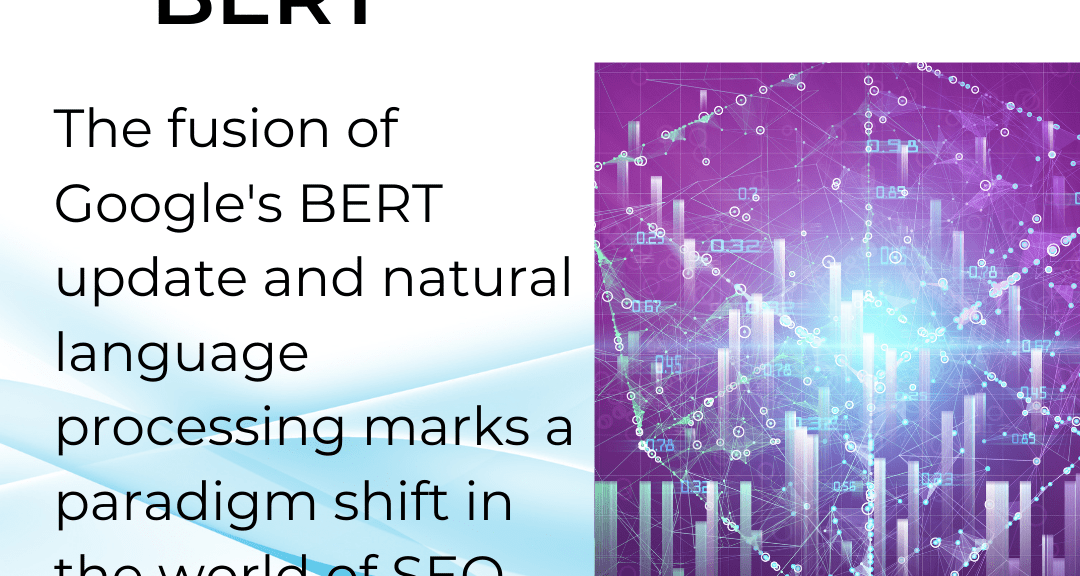In the ever-evolving realm of digital marketing, staying at the forefront of search engine optimisation (SEO) strategies is imperative. The convergence of Google’s BERT algorithm update and the power of natural language processing (NLP) has ushered in a new era of SEO, fundamentally altering the landscape of content creation and visibility. This article delves into the profound impact of Google’s BERT update and NLP on SEO, elucidates their interplay, and provides actionable insights to help optimise content in this dynamic paradigm.
The BERT Revolution:
In late 2019, Google introduced BERT (Bidirectional Encoder Representations from Transformers), an algorithmic update aimed at improving the understanding of context in search queries. BERT focuses on comprehending the nuances of conversational language, enabling search engines to grasp the contextual intricacies that were often missed by previous algorithms. This update has fundamentally transformed how search results are displayed, emphasising user intent and context over mere keywords.
The Marriage of BERT and NLP:
BERT’s introduction was a seismic shift, and its union with natural language processing (NLP) has elevated its impact. NLP, a field of artificial intelligence, empowers machines to understand, interpret, and generate human language. When combined with BERT, NLP magnifies the contextual comprehension of search queries, thus enhancing the accuracy and relevance of search results.
Implications for SEO:
The implications of the BERT-NLP synergy for SEO are profound. Here’s a glimpse into its transformative effects:
- User-Intent-Centric Content:
The spotlight is now on producing content that genuinely addresses user intent. Optimising for specific long-tail queries and creating comprehensive, valuable content can significantly boost visibility.
- Natural Language Keywords:
With BERT’s contextual prowess, focus shifts from rigid keyword usage to embracing natural language keywords. Crafting content that mirrors conversational phrases can yield substantial benefits.
- Structured Data and Schema Markup:
Implementing structured data and schema markup becomes paramount. These enhance the content’s context and make it easier for search engines to understand, resulting in more informative search snippets.
- Semantic Search Optimisation:
Semantic SEO, which emphasises the relationship between words, becomes indispensable. Creating content that explores diverse facets of a topic caters to BERT’s context-driven understanding.
- Voice Search Optimisation:
The rise of voice search aligns seamlessly with BERT and NLP. Long-tail conversational queries dominate voice searches, making content optimisation for voice imperative.
- Contextual Backlinking:
Backlinks should not only be authoritative but also contextually relevant. BERT places a premium on the contextual congruence of backlinks.
- User Experience Matters:
As BERT enhances search result relevancy, user engagement metrics such as click-through rates and dwell time are more critical than ever. Delivering value through the user experience is paramount.
Conclusion:
The fusion of Google’s BERT update and natural language processing marks a paradigm shift in the world of SEO. The era of rigid keyword matching is giving way to contextually rich, user-focused content. As algorithms continue to evolve, the importance of understanding user intent and delivering value through content has never been higher. By embracing the BERT-NLP synergy, businesses and content creators can pave the way for exceptional visibility, relevance, and engagement in the ever-changing digital landscape.


